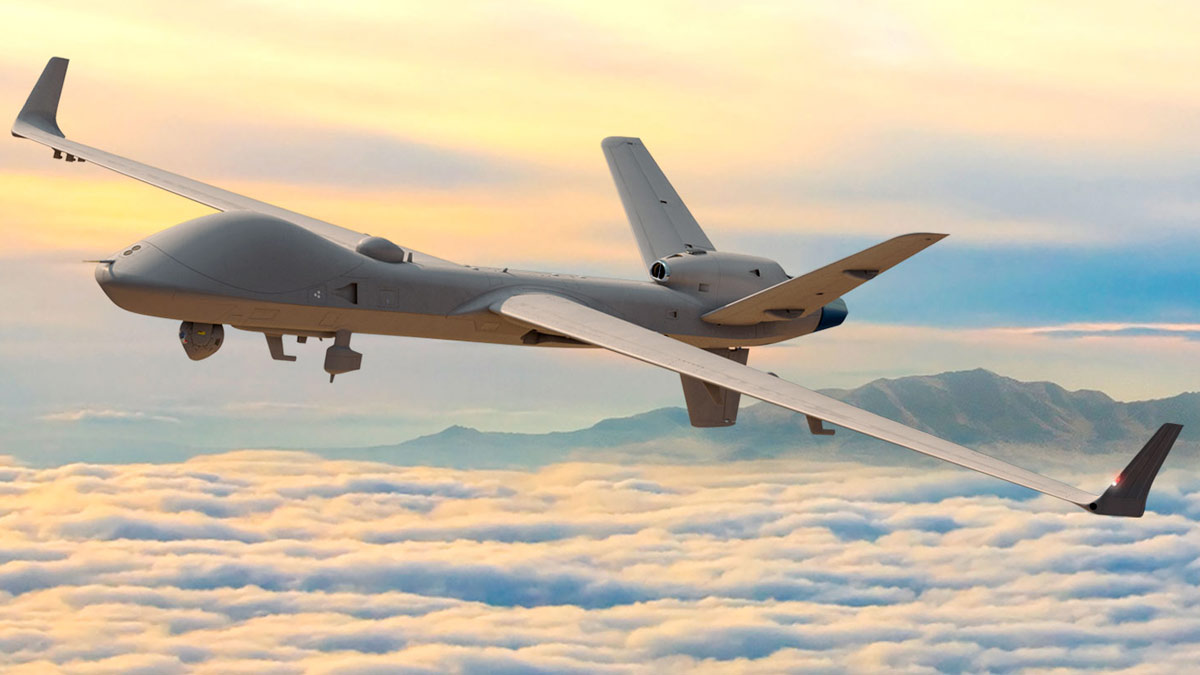The government's move to procure 31 Predator high-altitude long-endurance drones from the US defence major General Atomics at a cost of nearly $4 billion has not gone down well with a section of defence experts and industry watchers.
According to a report news and discussion forum Defence.in, some experts have questioned the decision to go for expensive drones from the US instead of focusing on developing indigenous unmanned aerial vehicles. India already has a few unmanned combat aircraft (UAV) like Tapas-BH 201, Nagastra-1 Drones, which cost significantly lower than MQ-9B 'hunter killer' drones of the US. The Tapas drone project by the Defence Research and Development Organisation (DRDO) cost around $2 million or Rs 1,786 crore.
Some of the experts pointed out that India could have procured a bigger fleet of indigenous drones for the same budget and this would have also boosted the 'make in India' initiatives in defence manufacturing.
Some of them also claimed that while the drones—which include 15 SeaGuardian drones and 16 SkyGuardian drones—may enhance the surveillance apparatus of the armed forces, especially along the borders with China, they would not be able to change the outcome of a war.
Critics argue that this procurement goes against the government' commitment to self-reliance in defence technology and point out that such a decision would adversely impact the drone industry in the country.
The high-altitude long-endurance MQ-9B drones are capable of staying airborne for over 35 hours and can carry four Hellfire missiles and around 450 kgs of bombs.


